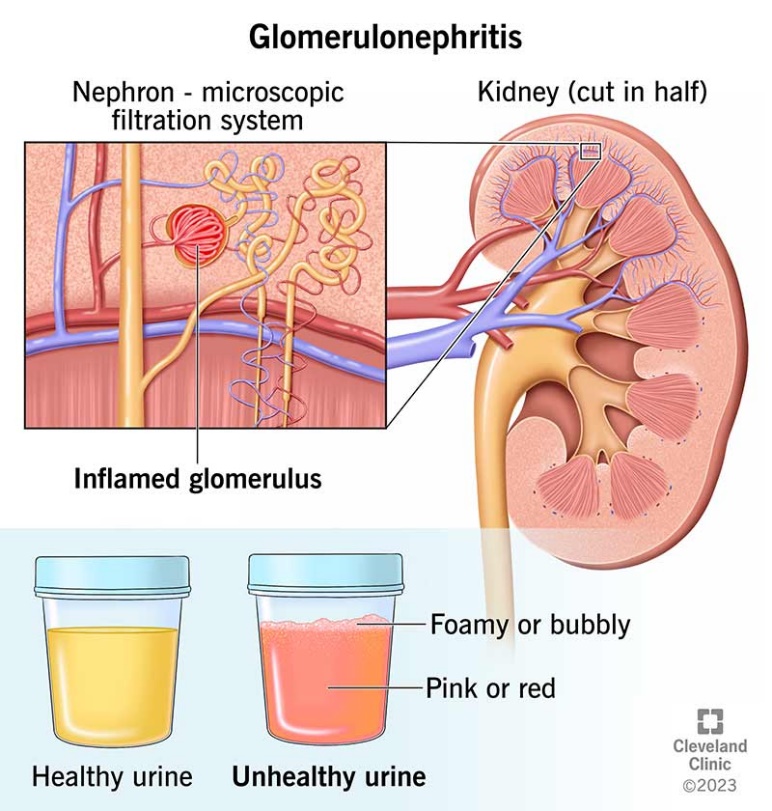A nurse is observing a newly licensed nurse who is performing a focused skin assessment on a client who reports a skin condition. Which of the following questions by the newly licensed nurse requires intervention?
Have you had any changes in your diet?
How do you handle stress?
How does your skin condition make you feel?
Does your skin condition keep you awake at night?
None
None
The Correct Answer is B
Choice A reason:
Asking about dietary changes is relevant to a skin assessment, as diet can influence skin health. However, this question does not require intervention unless the dietary changes are directly related to the skin condition. If the client has been advised to follow a specific diet for their skin condition, then the nurse should ensure compliance with that diet.
Choice B reason:
This question shifts the focus from the skin condition’s characteristics and impact to general coping mechanisms. It does not help determine the lesion’s symptoms, triggers, or functional effects, and thus does not align with a targeted skin assessment framework, requiring intervention.
Choice C reason:
Exploring how the skin issue affects the client’s feelings reveals psychosocial stressors and the emotional burden of living with a visible condition. This insight supports holistic care planning, adherence strategies, and therapeutic rapport.
Choice D reason:
Sleep disturbances can be a consequence of skin conditions, especially if they involve itching or pain. This question is pertinent to the assessment and does not require intervention. The information gathered can help in formulating a comprehensive care plan that addresses the client's comfort and sleep quality.
Nursing Test Bank
Naxlex Comprehensive Predictor Exams
Related Questions
Correct Answer is C
Explanation
Choice A reason:
Using chemotherapy instead of radiation may not be a viable option as the treatment plan is based on the type and stage of cancer. Chemotherapy can also affect fertility, so it is not a direct solution to the concern of infertility.
Choice B reason:
Fertility medications during treatment might help preserve fertility, but they do not address the direct impact of radiation on reproductive organs. Additionally, the use of such medications should be discussed with an oncologist and a fertility specialist.
Choice C reason:
Radiation shielding techniques involve using protective shields to limit radiation exposure to the reproductive organs. This can help reduce the risk of infertility caused by radiation, especially when the pelvic area is involved in the treatment.
Choice D reason:
Surgical interventions to remove the cancer may be part of the treatment plan, but they do not directly address the concern of radiation-induced infertility. Surgery can also result in infertility, depending on the organs involved and the extent of the procedure.
Correct Answer is B
Explanation
Choice A reason:
Urine specific gravity is a measure of urine concentration. The normal range is typically from 1.005 to 1.030. A specific gravity of 1.035 indicates very concentrated urine, which could be due to dehydration or other factors, but it is not specifically indicative of chronic glomerulonephritis.
Choice B reason:
Serum creatinine is a waste product from the normal breakdown of muscle tissue. Normal levels are approximately 0.6 to 1.2 mg/dL for males. A level of 7 mg/dL is significantly elevated and can indicate severe kidney dysfunction, which is consistent with chronic glomerulonephritis. This condition can lead to a decreased ability of the kidneys to filter waste, causing an accumulation of creatinine in the blood.
Choice C reason:
Creatinine clearance is a test that measures how well creatinine is removed from the blood by the kidneys. The normal range is about 95 to 120 mL/min. A clearance of 120 mL/min is within the normal range and would not typically be expected in a client with chronic glomerulonephritis, as this condition usually results in reduced kidney function.
Choice D reason:
Blood urea nitrogen (BUN) is another waste product filtered by the kidneys. Normal BUN levels are between 7 and 20 mg/dL. A BUN of 15 mg/dL is within the normal range and does not necessarily indicate kidney dysfunction from chronic glomerulonephritis.

Whether you are a student looking to ace your exams or a practicing nurse seeking to enhance your expertise , our nursing education contents will empower you with the confidence and competence to make a difference in the lives of patients and become a respected leader in the healthcare field.
Visit Naxlex, invest in your future and unlock endless possibilities with our unparalleled nursing education contents today
Report Wrong Answer on the Current Question
Do you disagree with the answer? If yes, what is your expected answer? Explain.
Kindly be descriptive with the issue you are facing.
